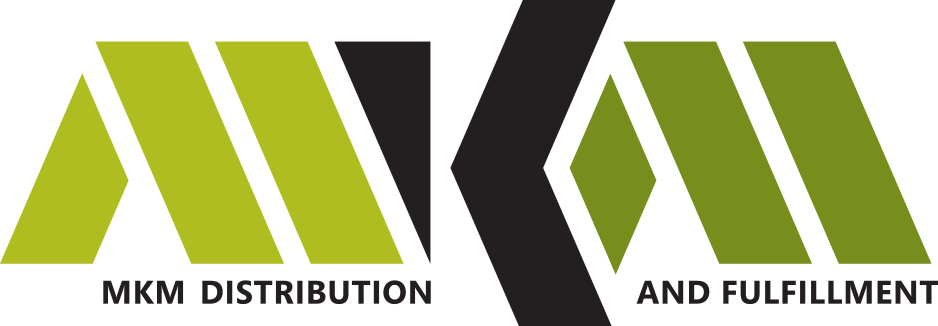How to Find the Best KPI’s for Every Retail Distribution Center
We’re always talking with our clients about ways to improve their operations. For example, we’re often asked how to reduce the number of returns or the best ways to manage inventory. Regardless of where improvements are needed, the insight we gain and the recommendations we make are rooted in data. And that data almost always comes from KPI’s.
Here are a few baseline considerations when thinking about how to measure your performance - and what to do with them once you start tracking.
Keep track of what matters most to you
Let’s get right to it – what should you track? It all boils down to which metrics will be the most accurate and impactful measurement of your operations. While I’d love to give you a definitive list, it varies from company to company, and even between individual warehouses and distribution centers.
When you create your list of KPI’s, here are a few baseline metrics to keep in mind.
INVENTORY MANAGEMENT
Inventory accuracy
Inventory levels
Average age of inventory
Rate of inventory turnover
NEW ORDERS & RETURNS
Volume of new orders
Fill rate per SKU and per order
Order accuracy
Volume of returns
Average time to process returns
RETAIL TRANSPORTATION
Units shipped
Loading dock time
Transit time
FINANCIAL
Labor costs
Real estate costs
Operating costs
Cost per unit
Revenue
The best thing to do is to sort these into category areas – above we included inventory management, new orders and returns, retail transportation, and financials. Depending on your business you may have more.
Review your performance to spot trends
Now that you’re tracking a few additional metrics, it’s time to pull together the numbers and find out how you’re doing. How efficient are your processes right now? Where might you be lagging behind?
We recommend a combination of daily, weekly, monthly, and annual numbers as well as averages. Tracking on a daily or weekly basis will let you see smaller trends and get down to the details. Monthly and annual averages then can help you see the larger picture, where things are improving or declining.
Make the necessary improvements
When you have a clear picture of how you’re doing now, you’re likely to find a few easy wins as well as uphill battles ahead of you. The easy wins are the simple things you can do to become more efficient or profitable, such as staffing up during your busy times and reducing staff when you’re slow. The uphill battles are the bigger tasks, such as increase warehouse capacity or consolidating distribution centers.
Your KPIs are the key to identifying your supply chain’s strengths and weaknesses. Once you shine a light on where you need to improve, you can see a little more clearly how to get started.

